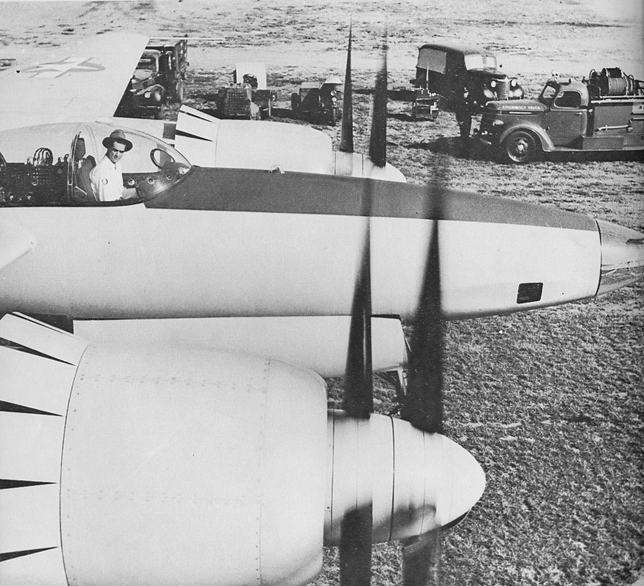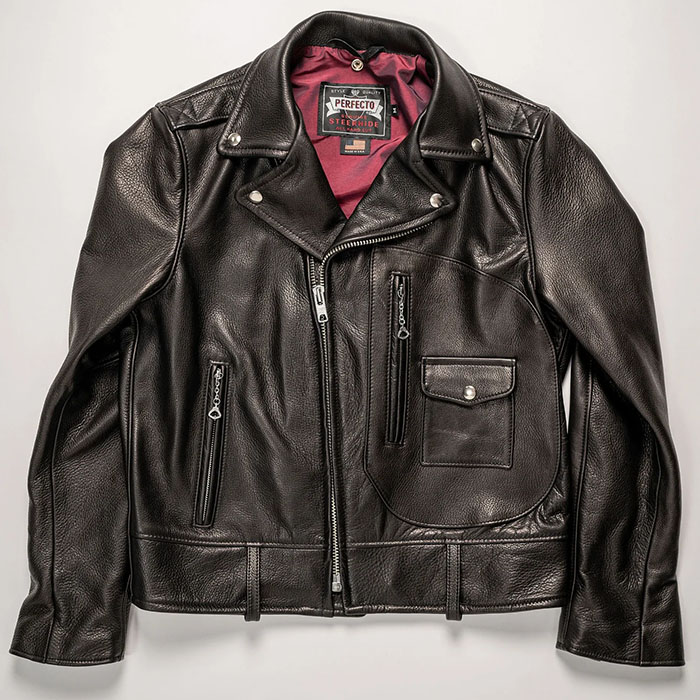http://asia.news.yahoo.com/060430/ap/d8ha6ggg0.html
William Durkin, the Marine who pulled Howard Hughes from the wreckage of a plane he had been test-piloting over Beverly Hills, has died. He would have turned 90 Sunday.
Durkin died Saturday at Desert Regional Medical Center in Palm Springs of a heart attack, said his daughter, Kimberly Durkin.
Durkin was on his way to meet a date on July 7, 1946, when he saw the fiery wreckage of Hughes' XF-11 reconnaissance plane and rescued the eccentric billionaire. Hughes was burned on 78 percent of his body and mangled from his forehead to below his knees. He hovered near death days later, but rallied to fly again.
Less than a year later, Hughes climbed back into an XF-11 cockpit, a "twin" of the crashed plane, for a successful test flight.
The crash was the centerpiece of Martin Scorsese's acclaimed 2004 film "The Aviator," which starred Leonardo DiCaprio as Hughes.
Despite rumors that Durkin received a generous reward from the aviation giant, his daughter said he refused to take any money from Hughes, who died in 1976.
"There was a lot of talk over the years that he rewarded him with gazillions of dollars, which is just not true," Kimberly Durkin said. "They were friends. They cavorted with each other for many years. He never got any big payoff because he wouldn't take it. He felt you shouldn't be paid off for doing what was right."
William Lloyd Durkin was born on April 30, 1916, in Oil City, Pa. He retired with the rank of captain, his daughter said.
After serving in the Marines, Durkin worked in the food and beverage industry, his daughter said. He retired in Palm Springs.
He is survived by his wife, Diane, daughters Kimberly and Denise, and several grandchildren.
William Durkin, the Marine who pulled Howard Hughes from the wreckage of a plane he had been test-piloting over Beverly Hills, has died. He would have turned 90 Sunday.
Durkin died Saturday at Desert Regional Medical Center in Palm Springs of a heart attack, said his daughter, Kimberly Durkin.
Durkin was on his way to meet a date on July 7, 1946, when he saw the fiery wreckage of Hughes' XF-11 reconnaissance plane and rescued the eccentric billionaire. Hughes was burned on 78 percent of his body and mangled from his forehead to below his knees. He hovered near death days later, but rallied to fly again.
Less than a year later, Hughes climbed back into an XF-11 cockpit, a "twin" of the crashed plane, for a successful test flight.
The crash was the centerpiece of Martin Scorsese's acclaimed 2004 film "The Aviator," which starred Leonardo DiCaprio as Hughes.
Despite rumors that Durkin received a generous reward from the aviation giant, his daughter said he refused to take any money from Hughes, who died in 1976.
"There was a lot of talk over the years that he rewarded him with gazillions of dollars, which is just not true," Kimberly Durkin said. "They were friends. They cavorted with each other for many years. He never got any big payoff because he wouldn't take it. He felt you shouldn't be paid off for doing what was right."
William Lloyd Durkin was born on April 30, 1916, in Oil City, Pa. He retired with the rank of captain, his daughter said.
After serving in the Marines, Durkin worked in the food and beverage industry, his daughter said. He retired in Palm Springs.
He is survived by his wife, Diane, daughters Kimberly and Denise, and several grandchildren.



